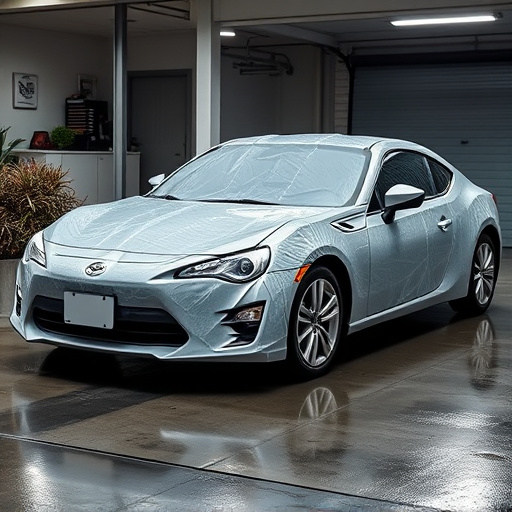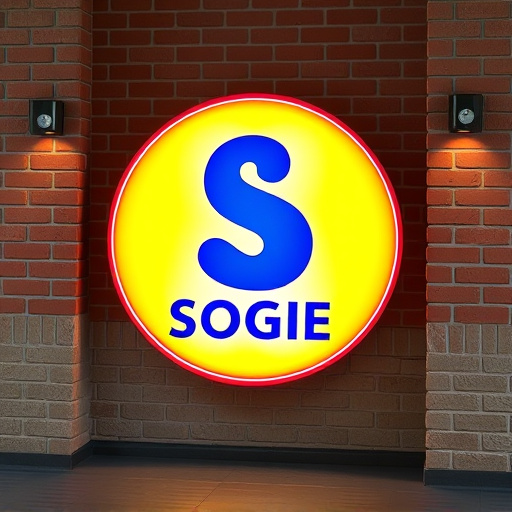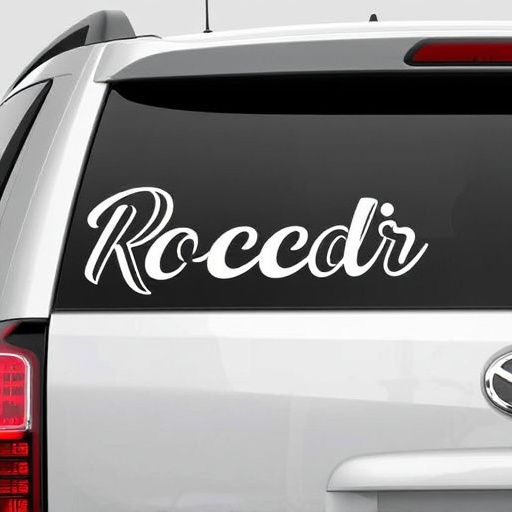Marketing Materials Design should cater to specific age groups and interests, aligning designs with target demographics' visual preferences. For instance, millennials may prefer bold colors while baby boomers lean towards classics. In industries like automotive, showcasing detailed finishes attracts enthusiasts, while minimalism appeals to professionals. The right marketing materials design format is crucial, balancing traditional print (brochures) and digital media (online ads), with creative options like vinyl wraps enhancing brand experiences. Effective choice involves understanding audience, purpose, and distribution channels, ensuring designs are both engaging and aligned with the brand's message.
Selecting the right format for your marketing materials design is crucial for capturing your audience’s attention. This article guides you through the process, focusing on understanding your target market and their preferences, exploring diverse formats with unique strengths, and highlighting key considerations for making an informed choice. By mastering these aspects, you’ll create marketing materials that resonate, engage, and ultimately drive conversions. Learn how to optimize your design format for maximum impact in today’s competitive landscape.
- Understanding Your Audience and Their Preferences
- Different Formats and Their Unique Strengths
- Key Considerations for Choosing the Optimal Design Format
Understanding Your Audience and Their Preferences
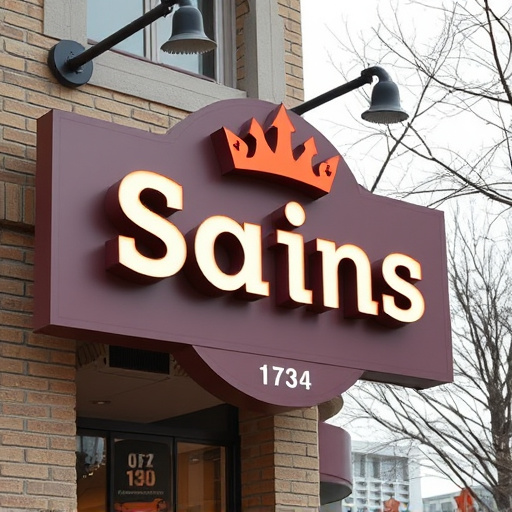
Understanding your target audience is a fundamental step in crafting effective marketing materials design. Different demographics, age groups, and interests have unique visual preferences. For instance, designs aimed at millennials might incorporate bold colors and modern typography, while appealing to baby boomers could involve more classic, conservative aesthetics. Knowing your audience’s preferences ensures that the marketing materials resonate with them on a personal level, making the message more compelling.
This consideration extends beyond general demographics; it also includes understanding the specific context in which the marketing materials will be used. In the automotive industry, for example, a focus on high-quality images showcasing detailed paint correction and stunning heat rejection finishes could capture the attention of enthusiasts and professionals alike. Conversely, an automotive detailing service might prefer sleek, minimalist designs emphasizing the meticulous care put into their work. Tailoring your design to these preferences enhances engagement and leaves a lasting impression, whether it’s through captivating visuals or precise, targeted messaging.
Different Formats and Their Unique Strengths
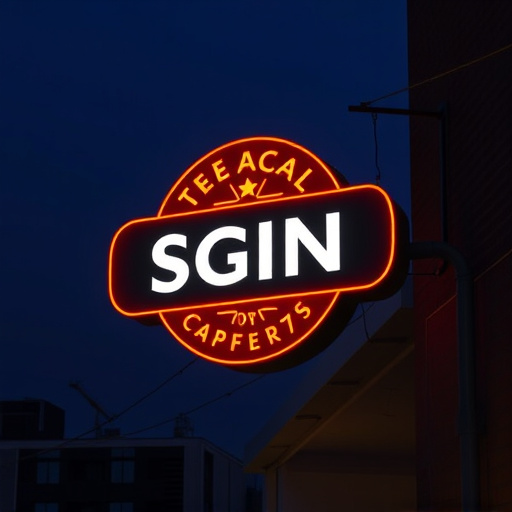
In the realm of marketing materials design, choosing the right format is akin to crafting a personalized message for your audience. Each format offers unique strengths, catering to different visual preferences and communication goals. For instance, print materials like brochures and flyers excel in providing detailed information, making them ideal for showcasing product features or service benefits. On the other hand, digital formats such as online advertisements and social media posts offer dynamic visuals and interactive elements, engaging audiences on a whole new level.
Additionally, innovative options like vinyl wraps and protective coatings add another layer of creativity to marketing materials design, especially in the context of car customization. These techniques allow for eye-catching, durable designs that enhance brand visibility. Incorporating these diverse formats can transform ordinary marketing materials into extraordinary visual experiences, leaving a lasting impression on potential customers, thereby boosting the overall effectiveness of your marketing strategy.
Key Considerations for Choosing the Optimal Design Format
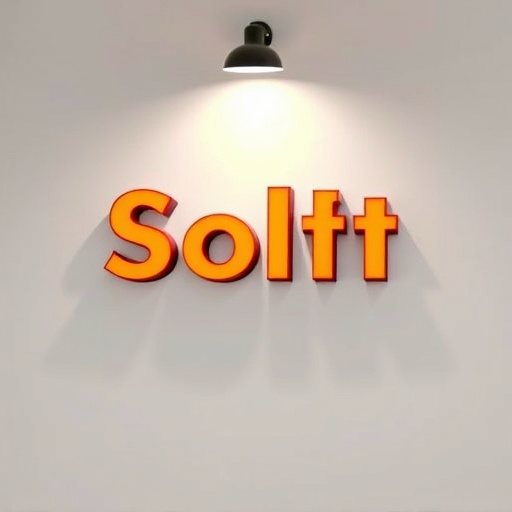
When choosing the right format for marketing materials design, several key considerations come into play. Firstly, understand your target audience and their preferences. Different formats resonate with different demographics; for instance, a visually rich brochure might capture the attention of younger audiences, while a detailed catalog may be more appealing to professionals seeking in-depth product information. Secondly, consider the purpose of your marketing materials. For example, if you’re promoting a new line of outdoor furniture, a digital platform showcasing high-quality finishes and UV protection could be ideal, allowing potential customers to interact virtually.
Additionally, think about distribution channels. Whether it’s print or digital, each medium has its strengths and limitations. A professional PPF (Paint Protection Film) installation guide in brochure form can effectively showcase the benefits of the product while catering to those who prefer tangible materials. Conversely, an online video demonstrating UV protection features could engage tech-savvy consumers and highlight the product’s innovative aspects. Balancing these factors ensures your marketing efforts are both effective and aligned with your brand’s message.
Selecting the appropriate format for your marketing materials design is a strategic decision that can significantly impact engagement and effectiveness. By understanding your target audience, leveraging the unique strengths of different formats, and considering key design principles, you can create captivating and impactful marketing collateral. Remember, the right format transforms mere words into powerful tools that resonate with viewers and drive desired actions, ultimately elevating your marketing efforts to new heights.










